There wasn’t much to it: be a waiter at a catered government event, or an usher at a Hollywood red carpet gala, or a bouncer at a big music show, and have a pocket full of sterile wipes to surreptitiously swab drinking glasses, surfaces, and hands.
He was surprised he was the only one who actually did this.
And the product possibilities boggled the mind – people would pay for anything, even if they couldn’t see it.
Yet, there must have been pent up demand: his website, which started just as a simple price list, had been found on Day One through a wide range of creative search terms.
Who was he to judge the eccentricities of others? He was just fulfilling a need, though in a nebulous zone of legality thicker than a Victorian London fog. On the other hand, the ethics were quite clear: yeah, quite clearly unethical.
Upon returning home, he’d put the wipes in the freezer to wait until the next morning when he could process them to extract the illicit information using his collection of gizmos purchased on eBay, homemade reagents, and countless tubes, tips, and tricks.
The extracted samples would be shipped off to some no-name cheap sequencing house somewhere in the world only to return as a link to a file on a free online genomics analysis platform.
Then the fun began as he processed and concatenated the correct files to stitch together large stretches of some celebrity’s genome.
He’d often send out the sequences again to some synthesis house so that people could buy tubes of celebrity DNA – they couldn’t even frakkin’ see any of it!
Though he could charge more if he sold a specific gene – for Brad Pitt’s eye color, Jennifer Lawrence’s hair style, Obama’s skin color, or Adam Levine’s vocal cord genes.
No, these folks know nothing of the truth of genetics. Though, if they knew enough to check, it’d be a true related gene or sets of genes.
Then there’s the real money for those who want an organ. Hard to make, but oh so worth the effort. For example, once his Irish friend sent him some DNA from Ozzy Osbourne and paid for a liver. Who knows what he did with it.
The ultimate, though, was the couple who gave him gobs of money for a Jennifer Connelly embryo.
Even he was freaked out when he delivered it to the couple at a fertility clinic. Took him a few months before he resumed his genomic paparazzi activities. But money was so good, the competition non-existent, and the authorities so clueless, why stop?
Next up: parsing out the email from the rich Chinese teen who asked him what HiddleSwift could look like.
(sep14, last sentence added jun17)
[Inspired by @onetruecathal]
 I find Aetna to be a leader in using online tools to increase member engagement in their health (with the interest to lower costs, of course). One interesting online service they had was CarePass, which, as I recall, was adding features and, I thought, was growing to be central to all of Aetna’s online offerings. I used to use it as a great example of what payers should be doing to become more consumer-centric.
I find Aetna to be a leader in using online tools to increase member engagement in their health (with the interest to lower costs, of course). One interesting online service they had was CarePass, which, as I recall, was adding features and, I thought, was growing to be central to all of Aetna’s online offerings. I used to use it as a great example of what payers should be doing to become more consumer-centric. I haven’t looked at my Lifeblog archive in a long time. Without the software, it’s just a deep tree of folders holding all sorts of media over many years.
I haven’t looked at my Lifeblog archive in a long time. Without the software, it’s just a deep tree of folders holding all sorts of media over many years.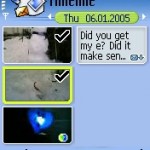
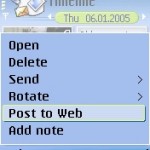
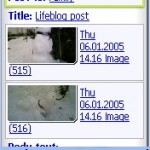
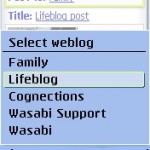
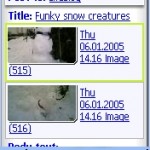

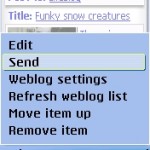
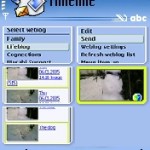
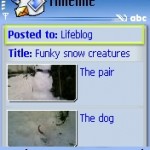
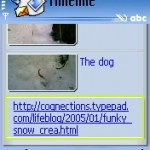
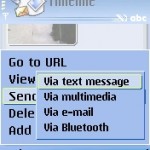
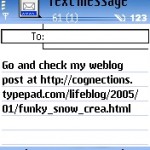
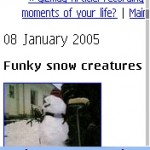
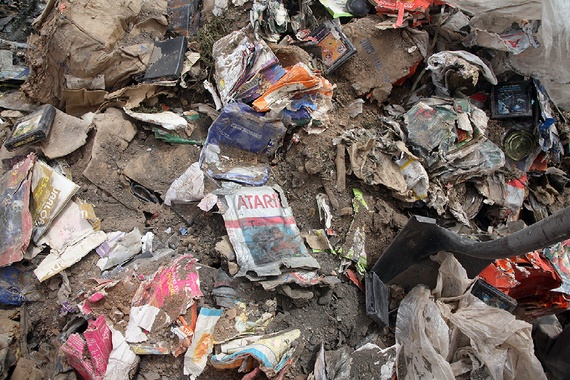
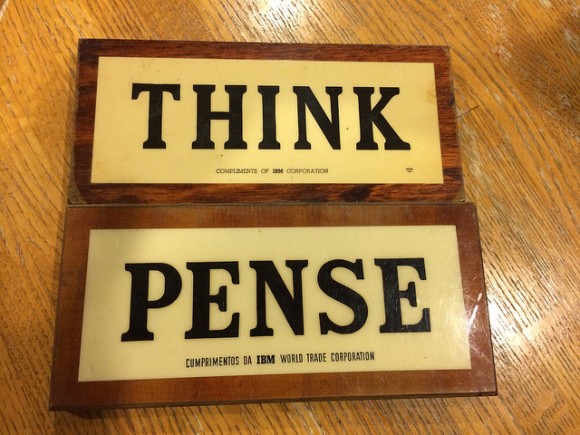
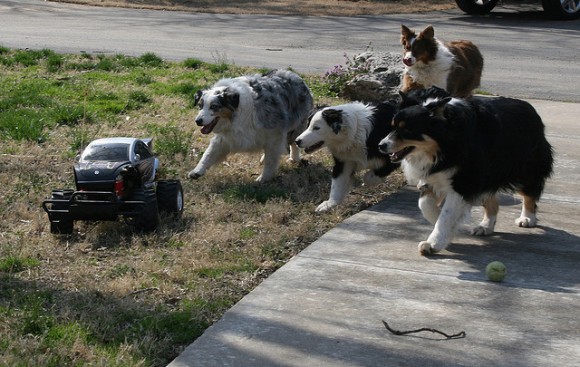
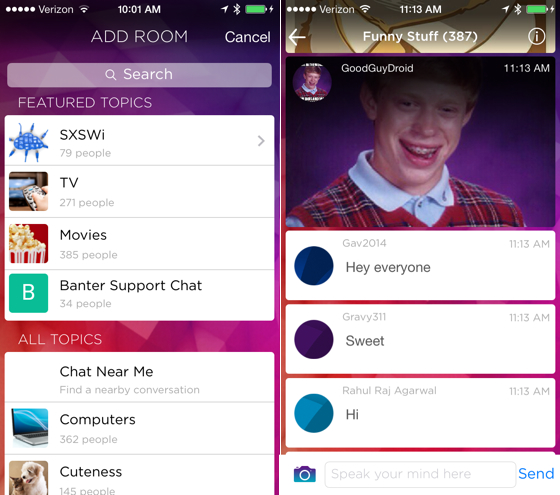 I have two teens and it has been fascinating to see how they approach the permanence of text and images.
I have two teens and it has been fascinating to see how they approach the permanence of text and images.